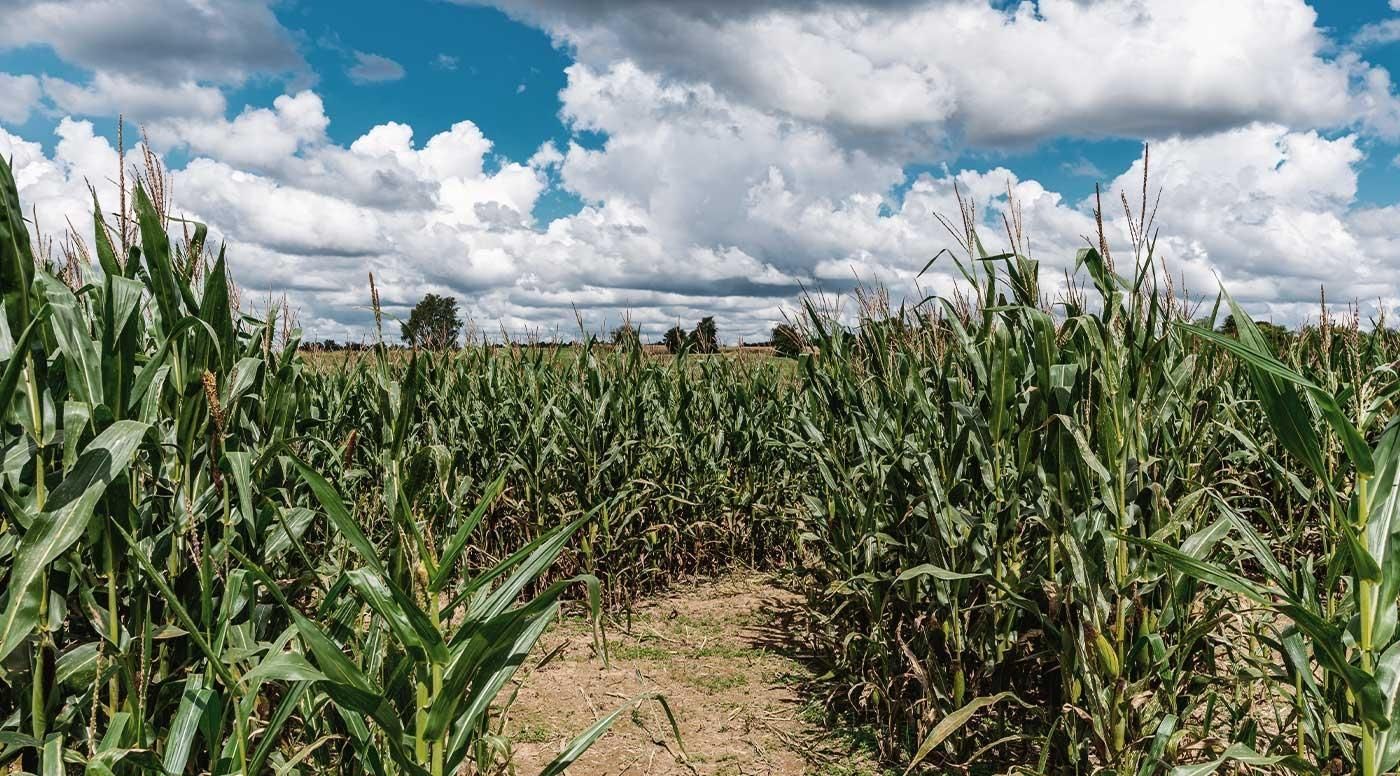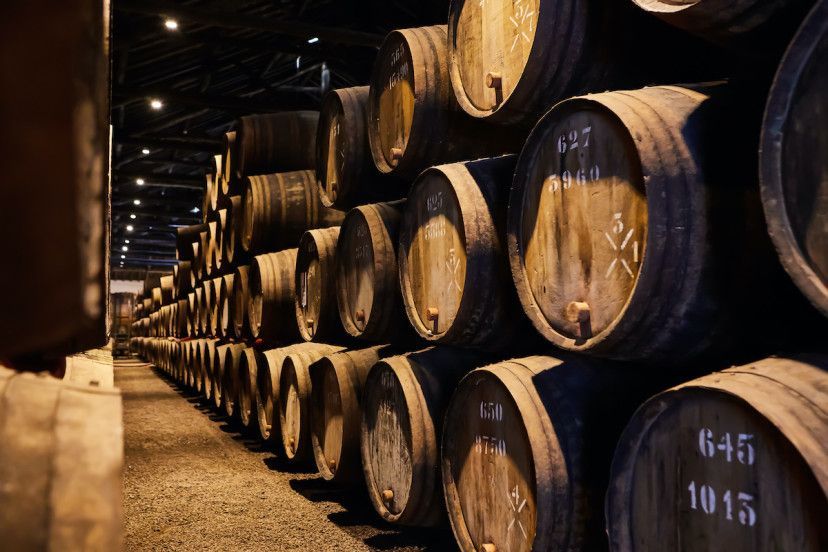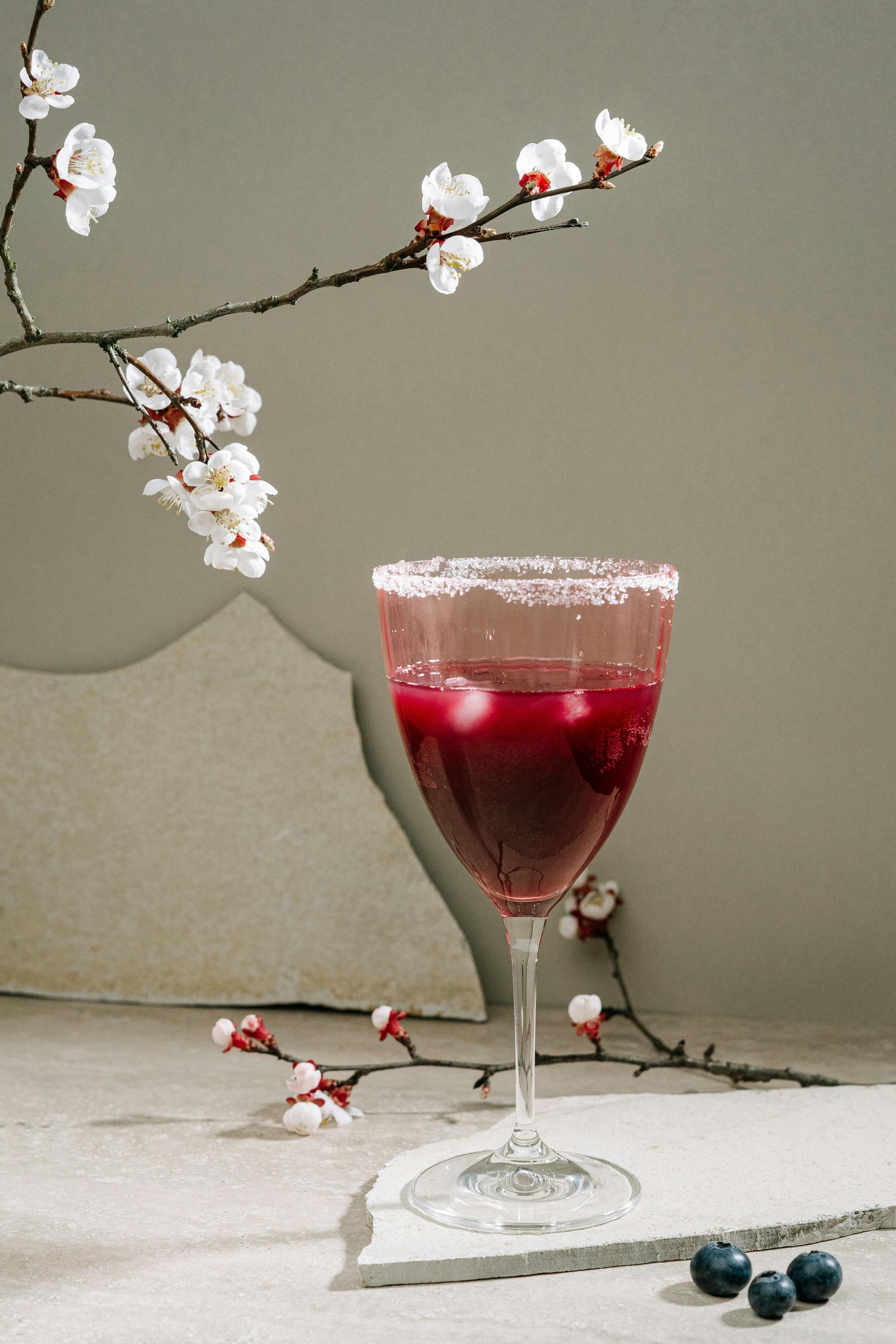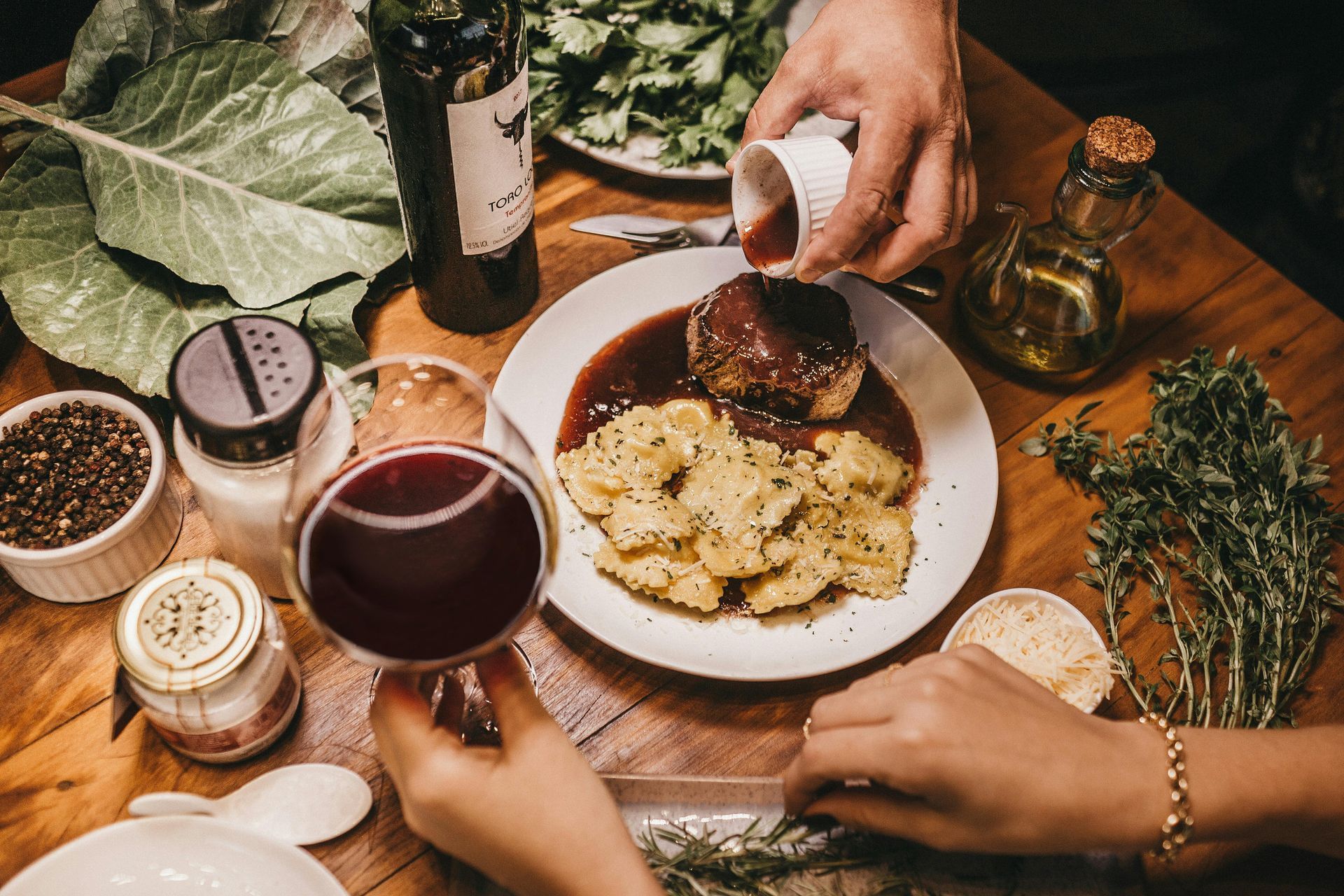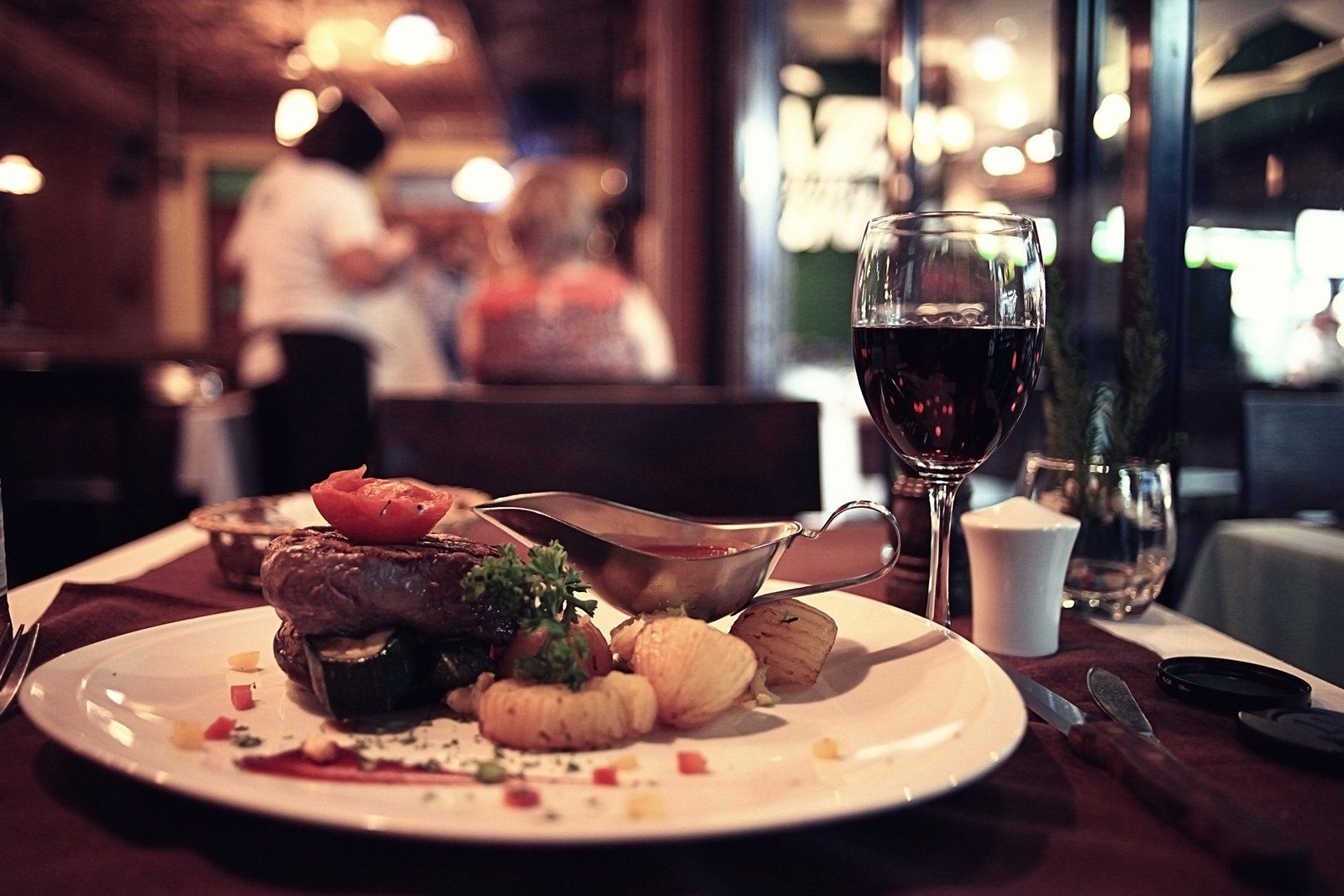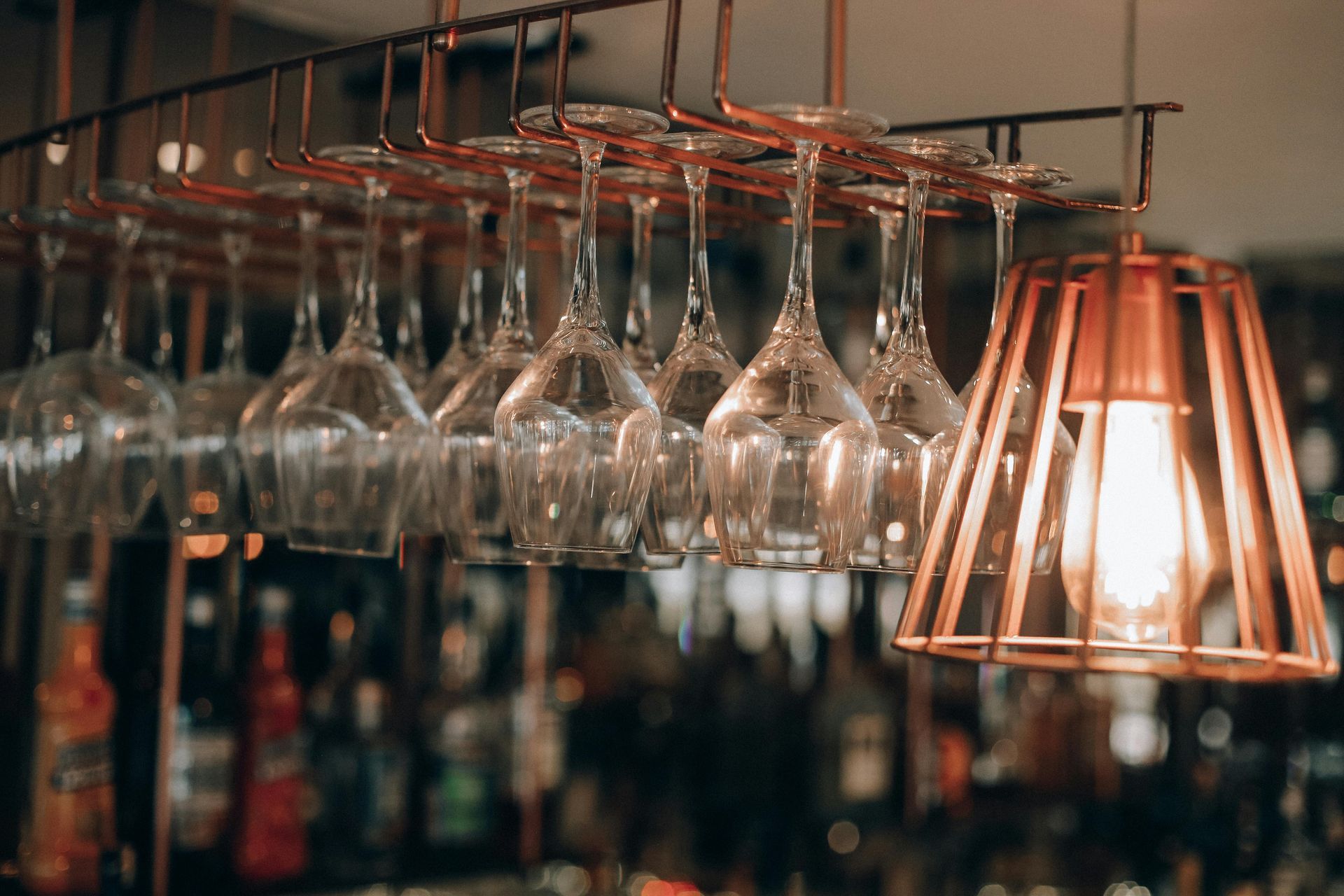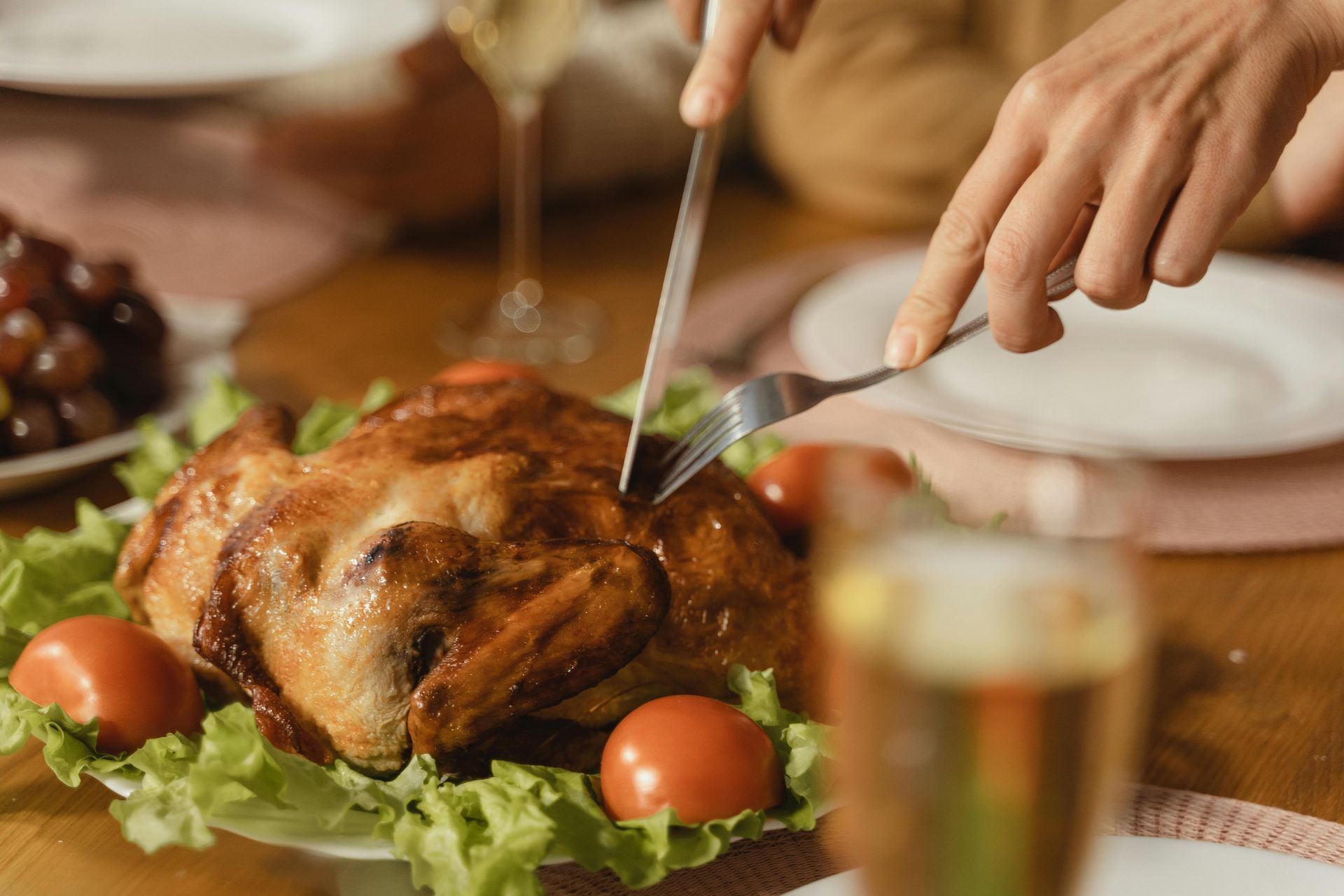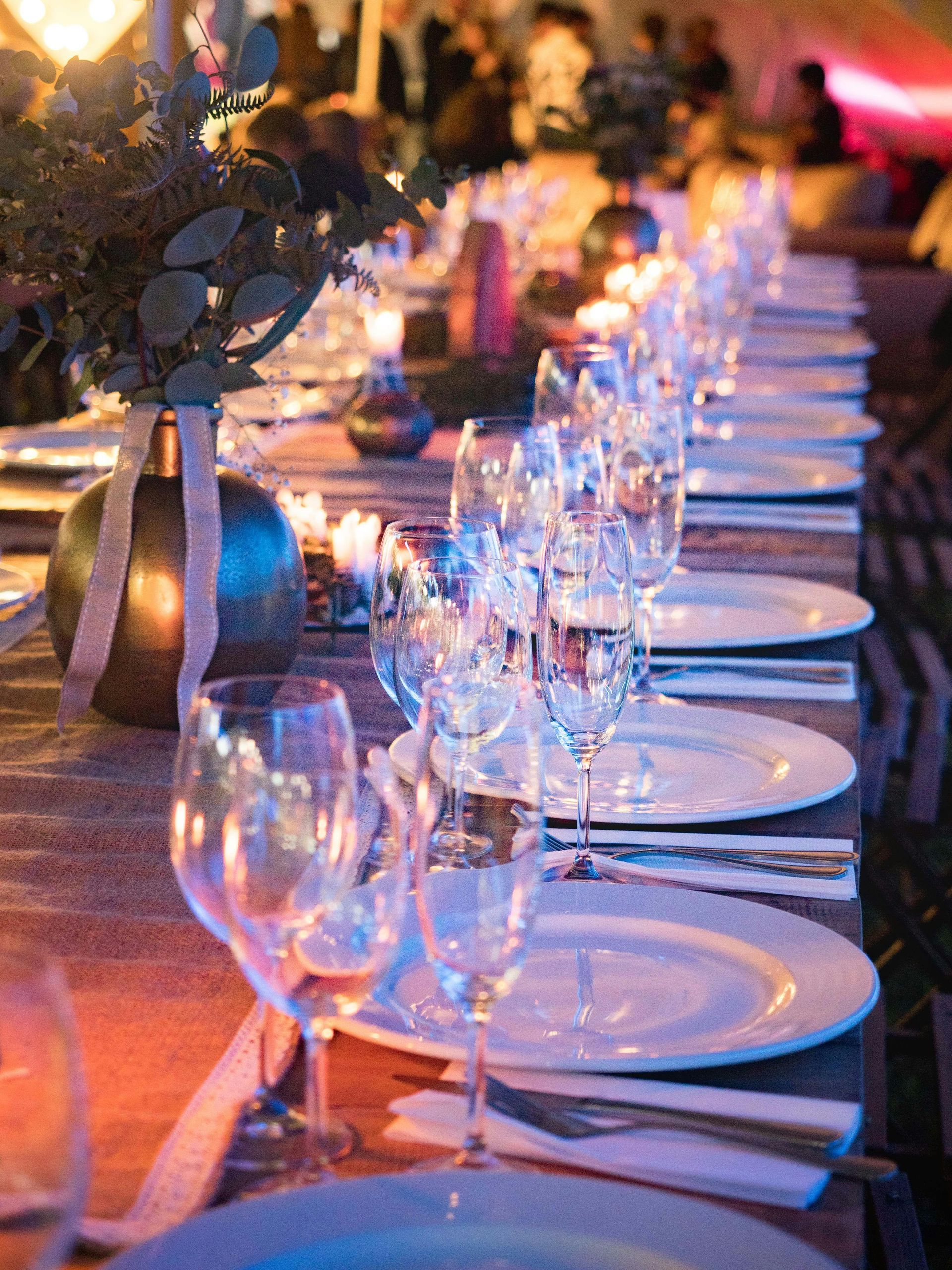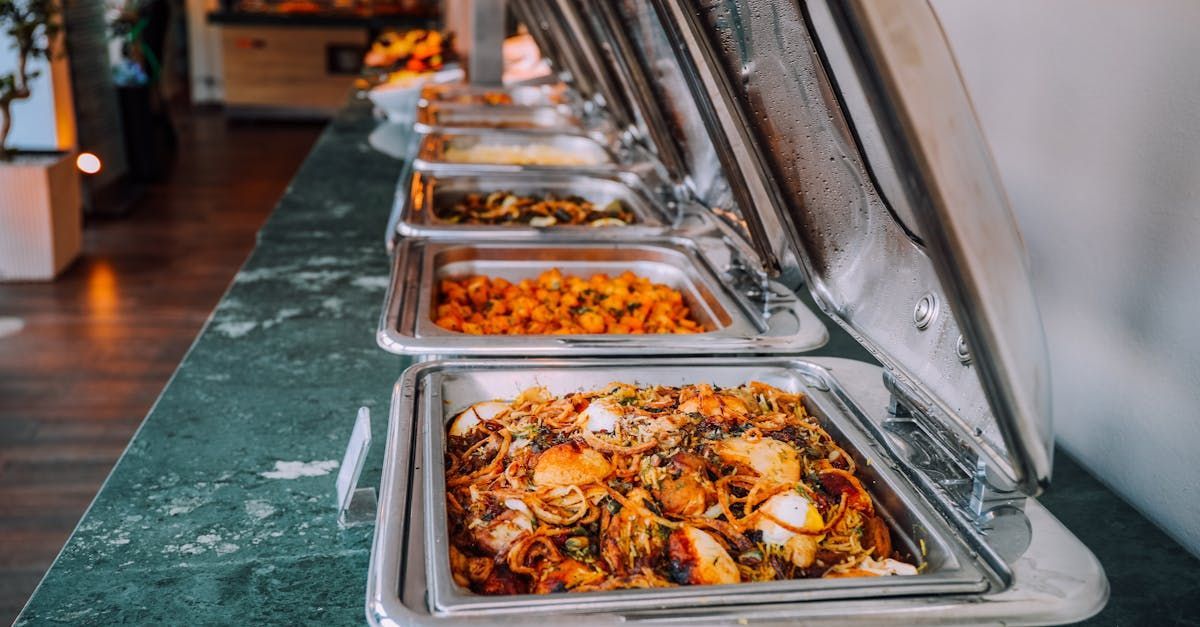Exploring the Rich History of Bourbon
Bourbon is more than just a spirit. It's a symbol of American heritage, a testament to craftsmanship, and a sensory delight for enthusiasts.
The history of bourbon is as rich and complex as its flavor profile. It's a tale that intertwines with the narrative of the United States, from the early settlers to the modern craft movement.
In this article, we'll delve into the fascinating journey of bourbon. We'll explore its origins, the art of making bourbon, and the unique characteristics that set it apart from other whiskeys.
We'll also delve into the intriguing question of how bourbon got its name. And we'll examine the impact of bourbon on American culture and its growing popularity worldwide.
So, whether you're a whiskey aficionado, a history buff, or simply curious, join us as we embark on this exploration of the rich history of bourbon.
Prepare to deepen your appreciation for this iconic American spirit.
The Birth of Bourbon: An American Tale
The story of bourbon begins in the late 18th century. European immigrants, primarily Scots-Irish settlers, brought their distilling knowledge to the American frontier. These settlers found fertile ground in Kentucky, where they began crafting whiskey using the abundant local resources.
The introduction of corn as a primary ingredient was a game-changer. Unlike other whiskeys, bourbon must contain at least 51% corn, which imparts a distinct sweetness. Kentucky's limestone-rich water further contributed to bourbon's unique characteristics, laying the foundation for what would become a celebrated American tradition.
Photo By: Flaviar
The Legal Definition of Bourbon
Bourbon is more than just a name; it's a tightly regulated spirit with specific legal requirements. To be classified as bourbon, the whiskey must adhere to stringent guidelines set by law.
Here are the key criteria for bourbon:
- Made in the United States
- At least 51% corn in the mash
- Distilled to no more than 160 proof (80% alcohol)
- Aged in new, charred oak barrels
- Entered into the barrel at no more than 125 proof (62.5% alcohol)
These criteria ensure bourbon maintains its distinctive character, setting it apart from other whiskeys. Such regulations help preserve the authenticity and heritage of this treasured American spirit.
The Geographic Heart: Kentucky's Role
Kentucky holds a special place in bourbon history. The state's limestone-rich water is perfect for bourbon making. This water purity contributes to bourbon’s distinct taste.
The state's fertile soil supports corn growth, essential for bourbon. Kentucky is home to nearly all of the world's bourbon distilleries. This rich history and geographic advantage make Kentucky synonymous with bourbon.
Moreover, the traditions and skills passed through generations in Kentucky have elevated
bourbon crafting to an art form. The region’s climate, with its hot summers and cold winters, provides ideal aging conditions, further enhancing bourbon's complex flavors.
The Art of Making Bourbon
The process of making bourbon is both science and artistry. It begins with selecting the grains, primarily corn, which must make up at least 51% of the mash. This grain selection impacts the final flavor, weaving into bourbon's complex taste profile.
Once the grains are mashed, yeast is added to start fermentation. This crucial step converts sugars into alcohol, creating a unique flavor base. The fermented mash, called "distiller’s beer," is then distilled, capturing the desired alcohol content and flavors.
Aging is where magic happens. The liquid is stored in new charred oak barrels. This gives bourbon its signature color and flavors. The aging process includes:
- Caramelization of sugars within the barrel
- Absorption of smoky notes from the charred wood
- Interaction with the wood's natural sugars and tannins
All these elements combine to create bourbon's rich and layered taste, making each sip an experience steeped in history and craftsmanship.
The Prohibition Impact and Bourbon's Resurgence
The Prohibition era, from 1920 to 1933, presented significant challenges for the bourbon industry. Many distilleries closed, unable to sustain operations without legal sales. Some distilleries survived by producing medicinal whiskey, a legal loophole at the time.
After Prohibition ended, bourbon faced a slow journey back to prominence. Gradually, it regained its status, driven by both nostalgia and a renewed interest in American culture. By the late 20th century, bourbon's rich heritage and unique flavor profile fueled a revival. Today, bourbon enjoys global popularity, celebrated as an iconic American spirit.
Photo By: MasterClass
Tasting Bourbon: Sensory Experience and Flavor Profile
Bourbon offers a rich tapestry of flavors, engaging all senses. Each sip reveals layers of complexity, from sweet vanilla to deep caramel notes. Many also detect hints of oak, a result of aging in charred barrels. So, what does bourbon taste like? The tasting experience varies with each bottle, reflecting its unique aging and ingredients. Factors such as corn, rye, and mash influence taste, adding spice or softness. For many, the warmth and smoothness of bourbon create an inviting experience, rewarding both novices and connoisseurs. Tasting bourbon can be a journey through history, showcasing its rich heritage in every drop.
The Name Game: How Bourbon Got Its Name
The origin of bourbon's name is shrouded in mystery, with several intriguing theories. Many attribute it to Bourbon County in Kentucky, once a major shipping point for whiskey. Distillers in the region stamped barrels with "Old Bourbon," and the name caught on.
Another theory suggests a connection to the French Bourbon dynasty, reflecting the cultural ties between America and France. Whether linked to a location or lineage, the name "bourbon" evokes a sense of history and prestige. Despite its murky origins, the name remains synonymous with quality whiskey worldwide.
Bourbon in Culture: From Tradition to Popularity
Bourbon has secured its place in American culture, deeply influencing art, music, and literature. Its presence is felt at celebratory gatherings, from festive toasts to somber reflections. Bourbon is a true testament to craftsmanship and heritage, gaining admiration over centuries.
In recent years, bourbon's popularity has surged, captivating a global audience. Its distinct flavors and storied history appeal to both new enthusiasts and seasoned connoisseurs. The craft cocktail movement further highlights bourbon's versatility, cementing its status as a beloved spirit worldwide. Bourbon continues to be an emblem of cultural pride, bridging tradition with modern sensibility.
The Future of Bourbon: Trends and Innovations
Bourbon continues to evolve, driven by both tradition and innovation. Distillers are exploring new aging processes and experimenting with different grains to create unique flavor profiles. The craft distillery movement has sparked creativity, with small producers offering limited releases and bold expressions.
Technology also plays a significant role in shaping bourbon's future. Advances in production methods and data-driven techniques are enhancing efficiency and quality. Sustainability is becoming a focus, with environmentally conscious practices gaining traction. As bourbon's popularity grows, these innovative approaches ensure that the spirit remains dynamic and relevant, capturing the imagination of future generations.
Conclusion: The Legacy Continues
At Happy Hour Bar & Grill, we take great pride in sharing the rich history of bourbon, which exemplifies the spirit of American ingenuity and craftsmanship. From its humble beginnings to becoming a global phenomenon, bourbon’s journey reflects resilience and innovation—qualities we value deeply.
As bourbon continues to evolve, we’re excited to announce that we'll be hosting a
Bourbon Night this November! Join us for an evening dedicated to celebrating this beloved spirit, where you can savor unique flavors and discover the stories behind them. Be sure to check out our
event calendar on our website under the Events section for all the details.
Bourbon is more than just a drink; it’s a narrative of tradition and heritage that invites everyone to savor and explore. We look forward to celebrating this iconic spirit with you!

